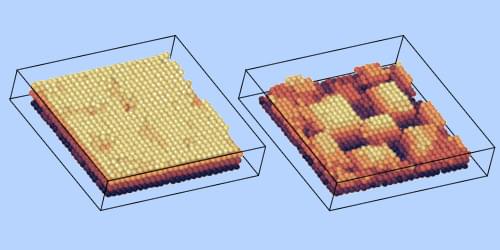Using a tool called a lithophane, scientists unable to see can feel data representations, while sighted researchers can see a graphic.
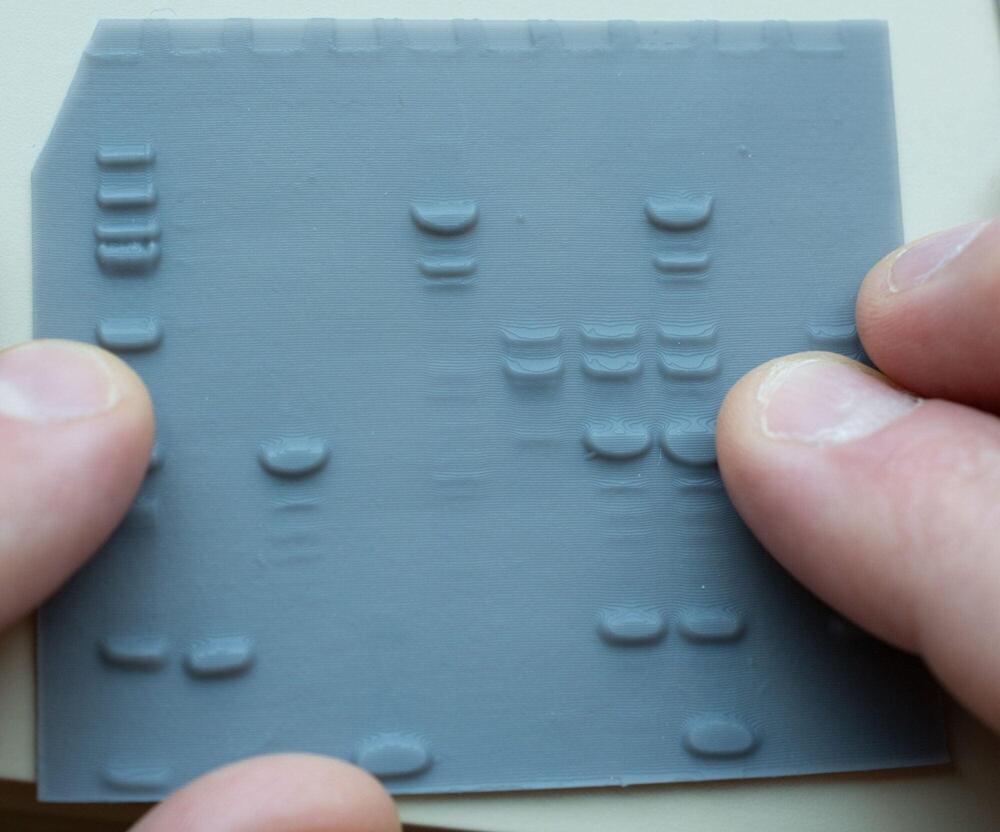

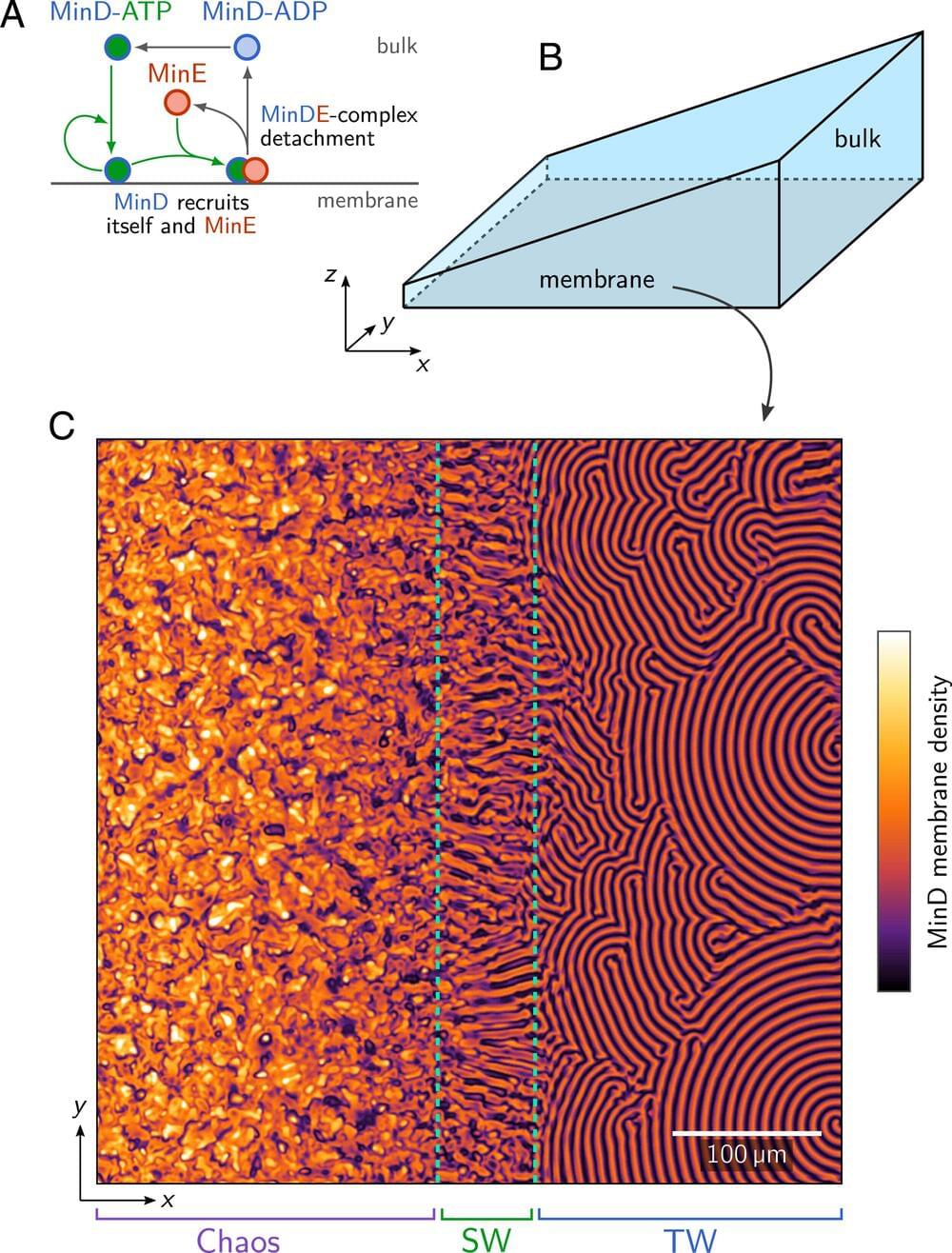
For many processes important for life such as cell division, cell migration, and the development of organs, the spatially and temporally correct formation of biological patterns is essential. To understand these processes, the principal task consists not in explaining how patterns form out of a homogeneous initial condition, but in explaining how simple patterns change into increasingly complex ones. Illuminating the mechanisms of this complex self-organization on various spatial and temporal scales is a key challenge for science.
So-called “coarse-graining” techniques allow such multiscale systems to be simplified, such that they can be described with a reduced model at large length and time scales. “The price you pay for coarse-graining, however, is that important information about the patterns on small scales—like the pattern type—is lost. But the thing is that these patterns play a decisive role in biological systems. To give one example, they control important cellular processes,” explains Laeschkir Würthner, member of the team led by LMU physicist Prof. Erwin Frey and lead author of a new study published in the Proceedings of the National Academy of Sciences that overcomes this issue.
In collaboration with the research group of Prof. Cees Dekker (TU Delft), Frey’s team has developed a new coarse-graining approach for so-called mass-conserving reaction-diffusion systems, in which the large-scale analysis of the total densities of the particles involved enables the prediction of patterns on small scales.
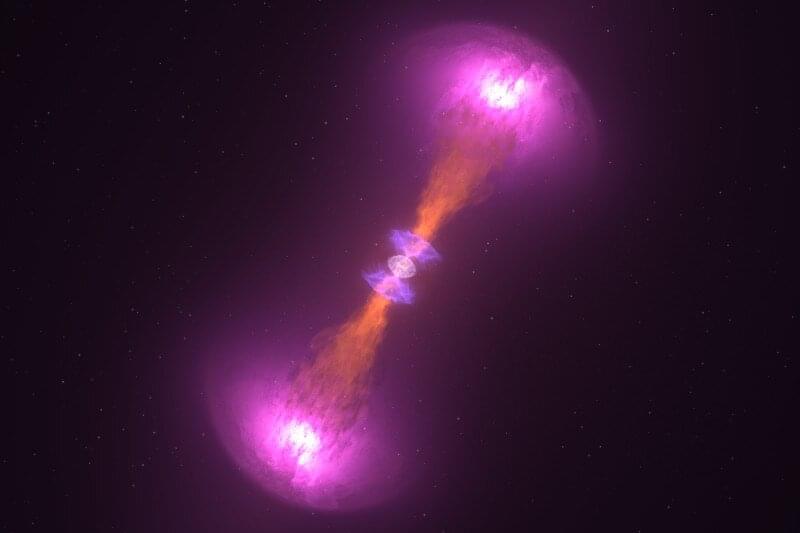
The oscillations in binary neutron stars before they merge could have big implications for the insights scientists can glean from gravitational wave detection.
Researchers at the University of Birmingham have demonstrated the way in which these unique vibrations, caused by the interactions between the two stars’ tidal fields as they get close together, affect gravitational-wave observations. The study is published in Physical Review Letters.
Taking these movements into account could make a huge difference to our understanding of the data taken by the Advanced LIGO and Virgo instruments, set up to detect gravitational waves —ripples in time and space—produced by the merging of black holes and neutron stars.
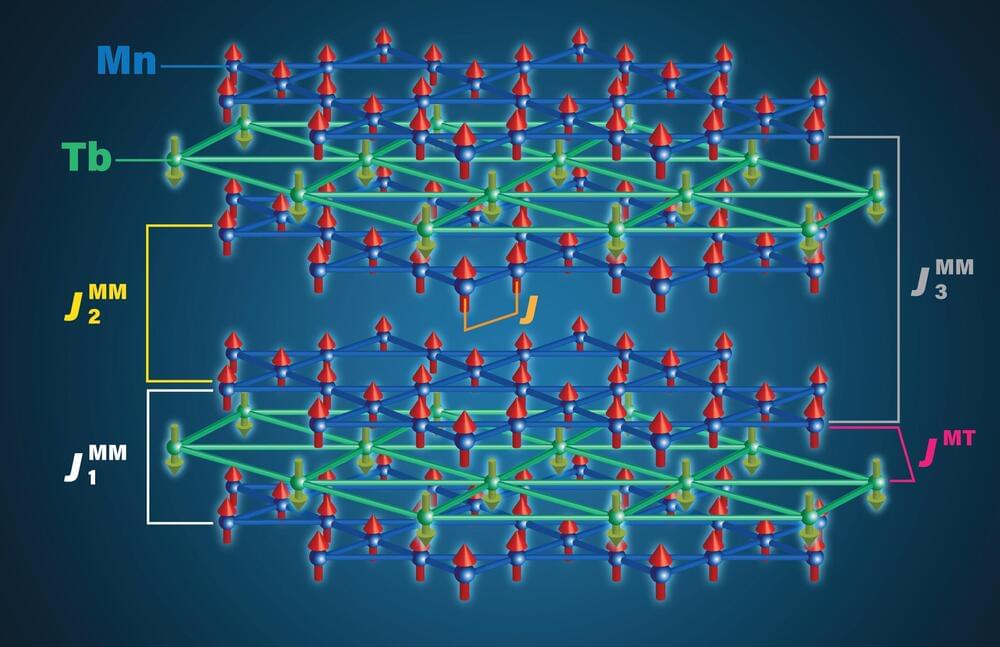
Newly discovered magnetic interactions in the Kagome layered topological magnet TbMn6Sn6 could be the key to customizing how electrons flow through these materials. Scientists from the U.S. Department of Energy’s Ames National Laboratory and Oak Ridge National Laboratory conducted an in-depth investigation of TbMn6Sn6 to better understand the material and its magnetic characteristics. These results could impact future technology advancements in fields such as quantum computing, magnetic storage media, and high-precision sensors.
Kagomes are a type of material whose structure is named after a traditional Japanese basket weaving technique. The weave produces a pattern of hexagons surrounded by triangles and vice-versa. The arrangement of the atoms in Kagome metals reproduces the weaving pattern. This characteristic causes electrons within the material to behave in unique ways.
Solid materials have electronic properties controlled by the characteristics of their electronic band structure. The band structure is strongly dependent on the geometry of the atomic lattice, and sometimes bands may display special shapes such as cones. These special shapes, called topological features, are responsible for the unique ways electrons behave in these materials. The Kagome structure in particular leads to complex and potentially tunable features in the electronic bands.
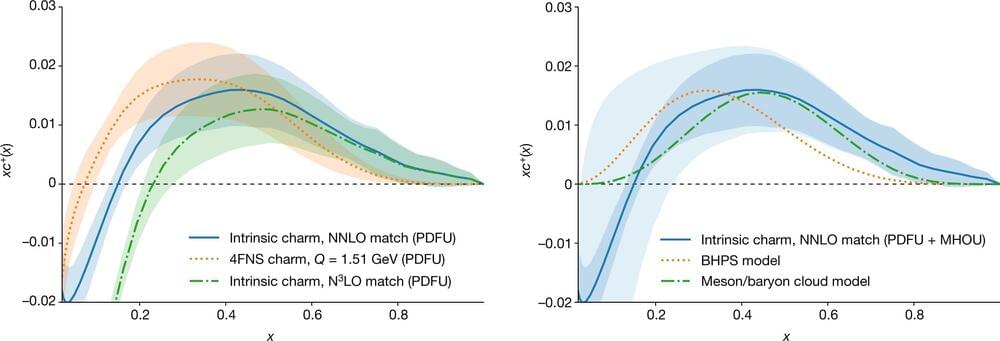
A team of researchers with The NNPDF Collaboration has found new evidence to support the theory of “intrinsic” charm quarks. In their paper published in the journal Nature, the group describes how they used a machine learning model to develop a proton structure and then used it to compare against results from real-world collisions in particle accelerators and what they learned by doing so. Ramona Vogt, with Lawrence Livermore National Laboratory has published a News & Views piece in the same journal issue outlining the work by the team on this new effort. Nature has also published a podcast where Nick Petrić Howe and Benjamin Thompson discuss the work done by the team.
Prior research involving the use of particle accelerators has suggested that protons contain quarks that are held together by gluons. A reasonable amount of evidence has also shown that there are at least two up quarks and one down quark. There have also been theories suggesting that there is another, the so-called charm quark, but little real evidence of them exists. That might be changing, however, as the researchers on this new effort have used a new approach to “prove” that they exist.
They have found evidence of one small part (0.5%) of a proton’s momentum coming from a charm quark. The researchers found this new evidence by using a machine learning model to build a hypothetical proton structure, including different flavors of quarks, and of course the elusive charm quark. They then ran their model and compared characteristics of the model with real-world data that has been observed from over 500,000 collisions in accelerators over the last decade.
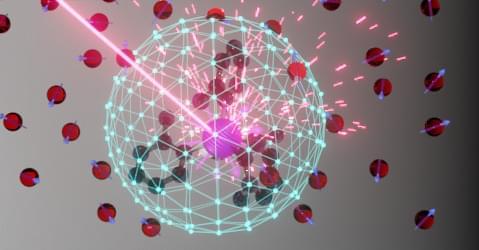
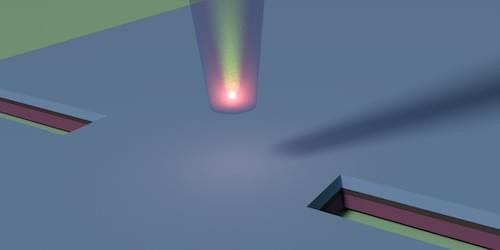
A special microscope has visualized changes of electron current distribution that clearly indicate a transition from ohmic to viscous electron flow in graphene.
Imagine a breeze of moist air condensing into water drops and dripping down on a cold glass. Electrons can undergo a transition that resembles this gas-to-fluid condensation: the transition is controlled by temperature and produces a fluid-like state in which electrons display remarkably different dynamics than in the gas-like state. Unlike the condensation of water vapor, however, the electron transition cannot be directly imaged with a camera. One reason for this difficulty is that the pattern of this electron fluid varies at submicron scales that can’t be clearly resolved by visible light. Another reason is that electron collisions and the redistribution of electron currents do not yield a change of surface morphology that can be picked up by light reflection. This imaging challenge has so far limited our microscopic understanding of these types of electronic transitions and their use in practical devices.
